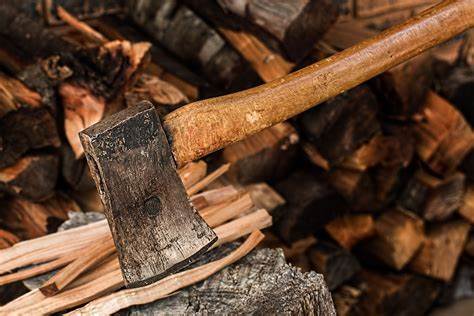For many campfires are a big part of having a successful camping trip and part of a campfire is finding firewood. In some areas collecting wood from the surrounding ecosystem is allowed to fuel a fire. Today we will be talking about how we can gather firewood responsibly and with minimal impact to the environment around us. First, we always want to plan ahead and prepare to ensure we can not only have a fire, but that firewood collection is okay.
Check with land managers for guidance on this.
If we can collect firewood, we want to make sure we keep the four D’s in mind. These are four words that start with the letter D that help us to figure out what wood we can sustainably take from nature. The four D’s are dead, down, dinky, and distant. We want to collect dead wood and leave the living trees, well, living. Living wet wood doesn’t burn well and actively decreases plant life for an area, One study found over 2300 damaged living trees at back country campsites in great Smoky Mountains National Park alone.
Even if a tree is dead, we want to ensure it is already down and on the ground prior to using it for burning. Standing trees create important habitats for wildlife and help in preventing erosion by holding soil in place.

It is best practice to avoid ever snapping limbs off of snags or dead standing trees. When collecting dead and down wood, it’s a good idea to choose wood that is about the size of your wrist or smaller. Larger size logs are home to insects and small animals.
They also promote the growth of lichens, fungi and mosses that aid and sapling development. Research shows that depletion of woody debris from areas for campfires can affect soil nutrients for 50 to 70 years. Small wood also burns to ash quickly, so fires are easier to put out and less of a wildfire risk. Lastly we want to try to gather our wood over a distance and cover a large area. By spreading out this impact over a larger area we are not removing all the woody debris from a single spot.
This leaves wood behind for future campers and others are less likely to notice the changes. By following the four D’s and teaching others about the importance of responsible firewood collection we can protect natural spaces for everyone to enjoy. Remember that Leave No Trace exists on a spectrum. A lot of times not having a fire at all is going to be the most sustainable option.
However, if a fire is necessary for your trip and firewood collection is allowed, remember the four D’s.
Leave No Trace and enjoy your world..

